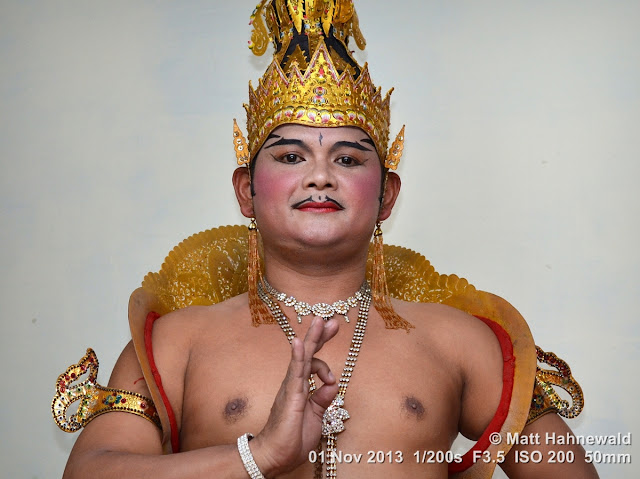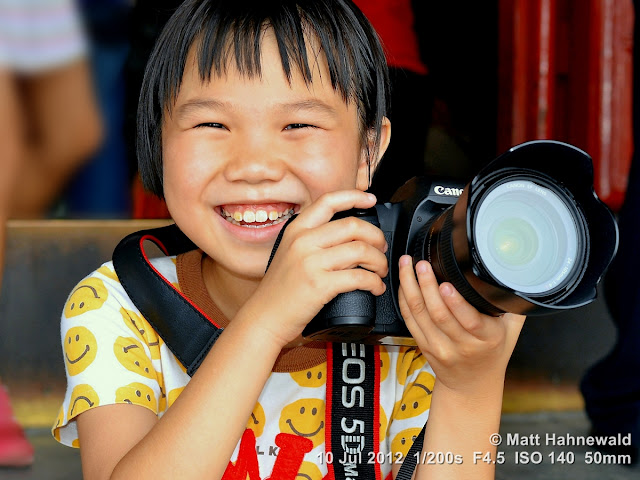The camera angle marks the specific location at which the camera is placed to take a head shot or a half-length portrait photograph. Any portrait may be shot from several camera angles (main directions: eye level, low angle, high angle) which will influence the viewer’s perception of the subject (point of view). This might lead to different interpretations, emotions, fantasies, assumptions and speculations about the subject. A neutral shot or eye-level shot minimizes the psychological effects on the viewer.
A low-angle shot is taken from below the subject (the lens is below the subject’s eyes) and has the power to make the subject look taller, stronger, more important, or more powerful, or even threatening. It makes the viewer of the portrait photograph feel the opposite (e.g. smaller, more vulnerable) and simulates the view that a child (or a pet) would have. A second, but non-psychological reason for low-angle shots is the practical inclusion of large background objects (e.g. buildings, mountains) into environmental portraits.
A high-angle shot is a shot in which the camera is physically higher than the subject (the lens is above the subject’s eyes) and is looking down upon the subject. The high angle shot can make the subject look smaller, weaker, more dependent, more humble or even more vulnerable. It makes the viewer of the portrait photograph feel the opposite (e.g. grander, more important). A second, rather common but non-psychological reason for (subtle) high-angle shots are elderly photographers with knee problems or knee pain...
"It is a narrow mind which cannot look at a subject from various points of view."
(George Eliot: Middlemarch)
"Photography is a reality so subtle that it becomes more real than reality."
(Alfred Stieglitz)
Eye level is the most common point of view, being a real-world angle that we are all used to. It shows subjects as we would expect to see them in real life. It is a fairly neutral shot that removes any hint of editorializing and instead simply presents the subject as it is in real-life.
In most cases, getting the lens to the eye level of the subject is the key for realistic headshots and half-length portraits - especially when photographing children...
High-res portrait photographs with complete exif data, geotags and technical details in Matt Hahnewald's












No comments:
Post a Comment